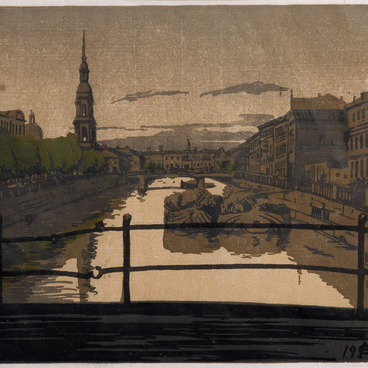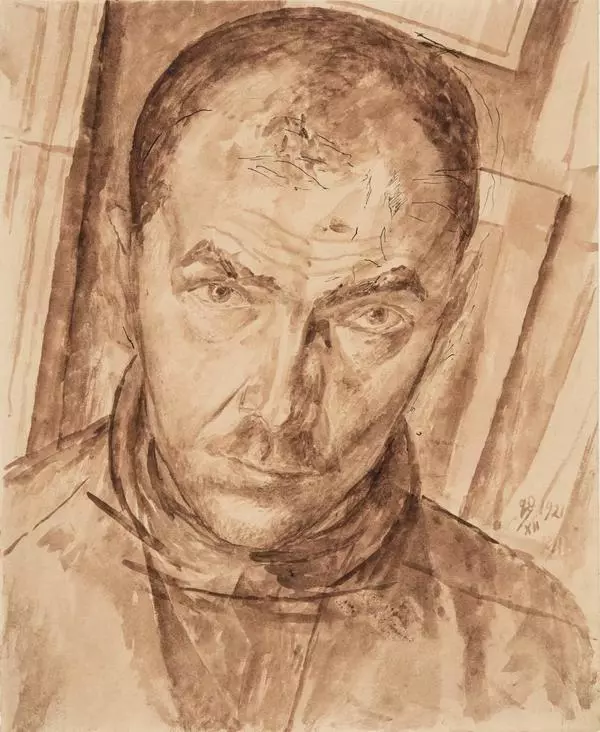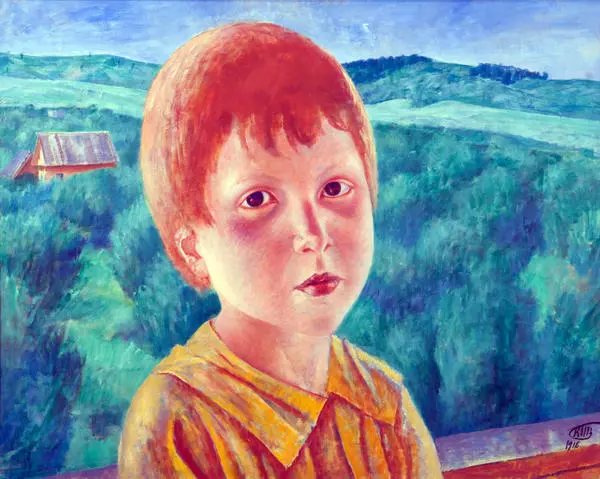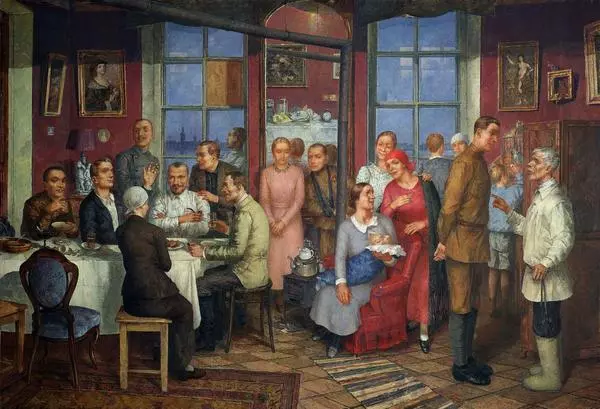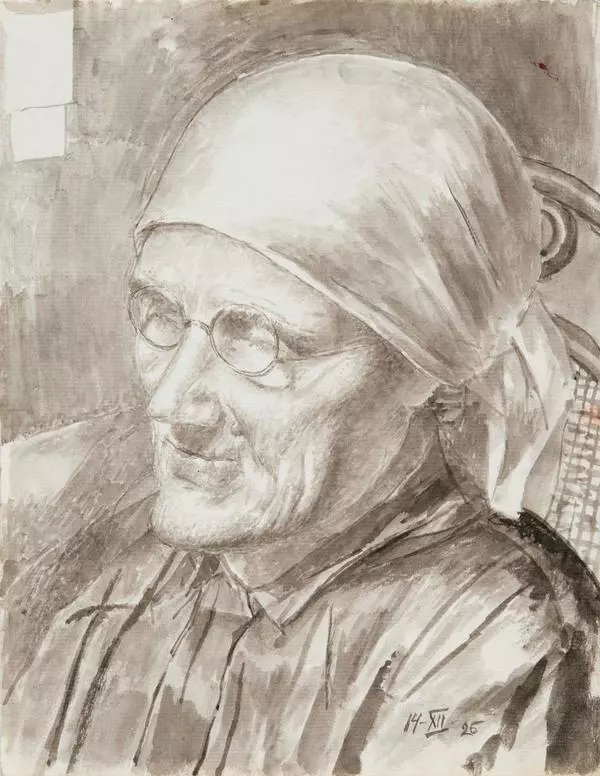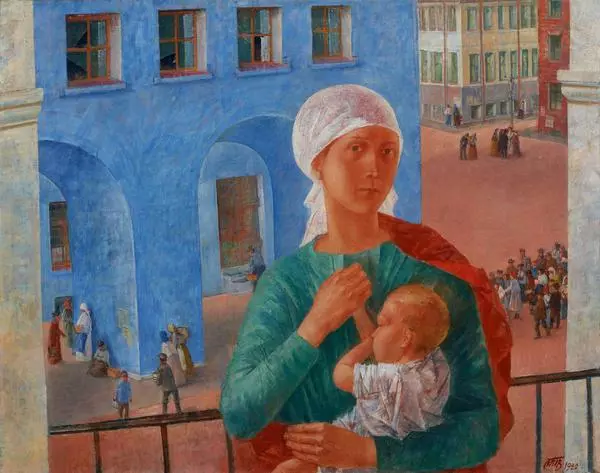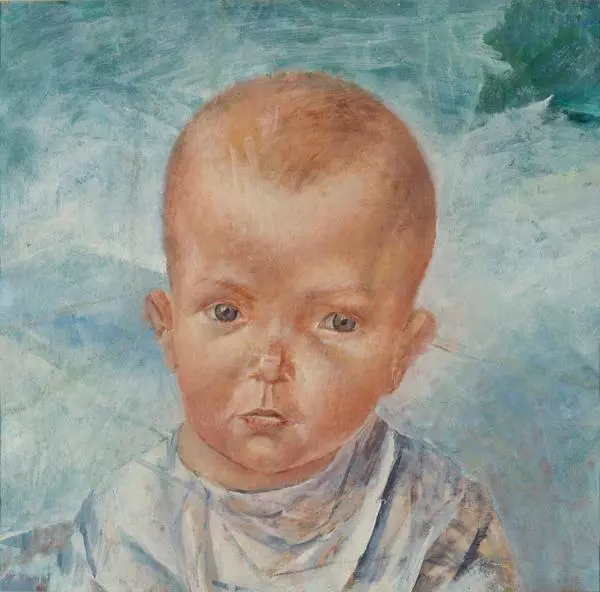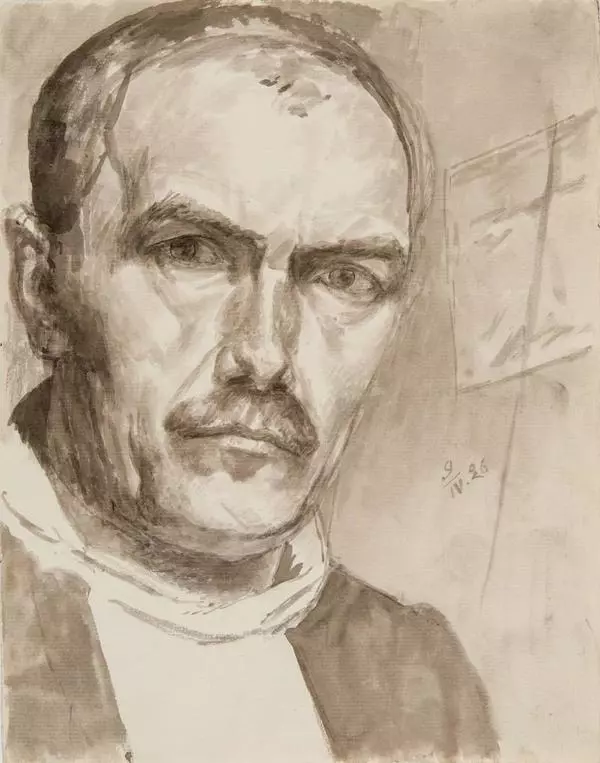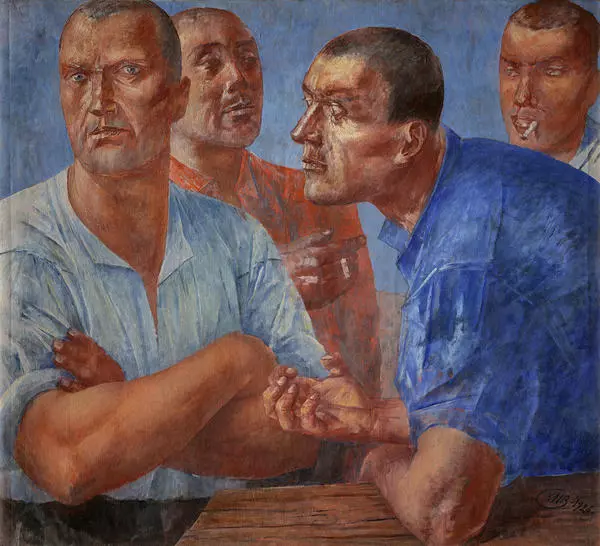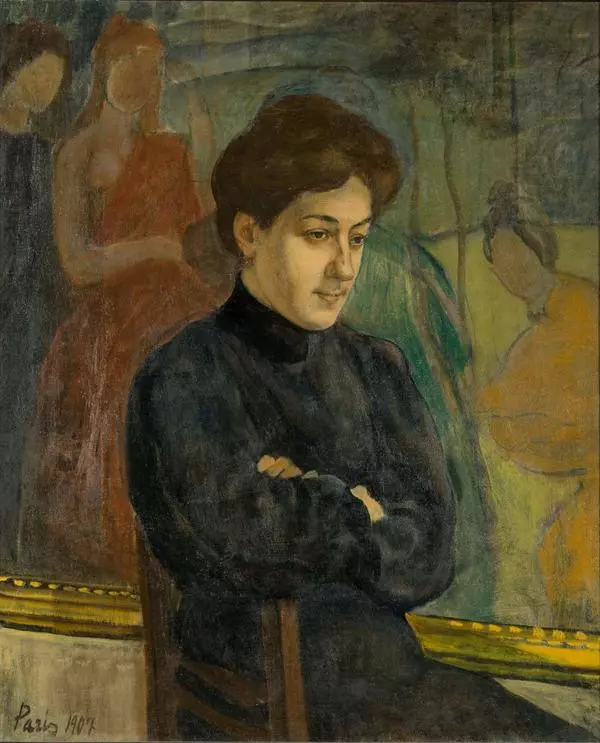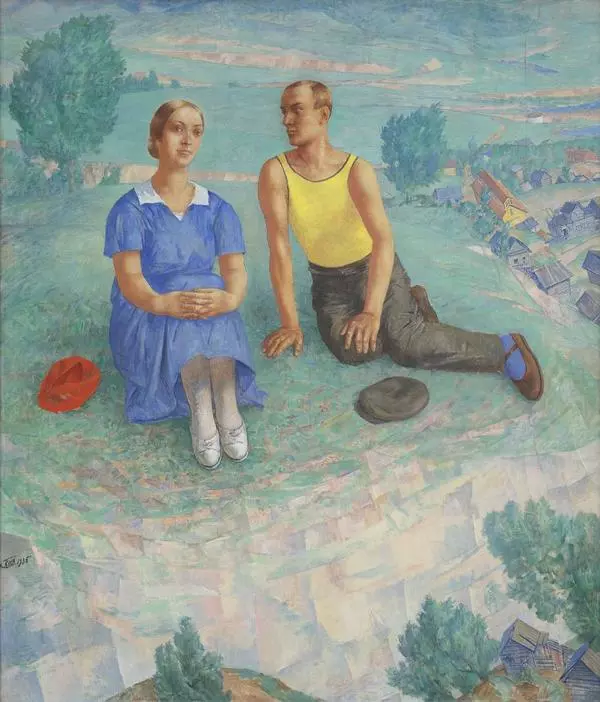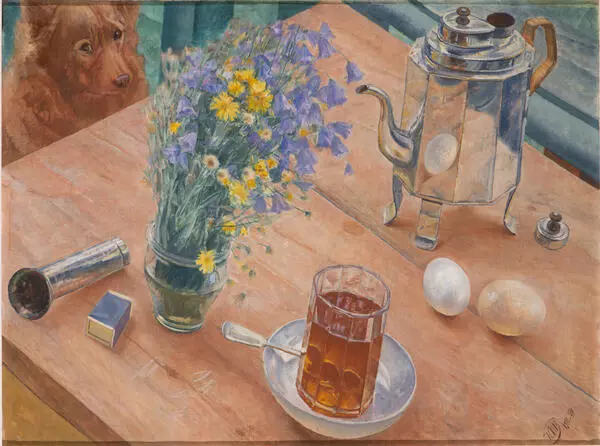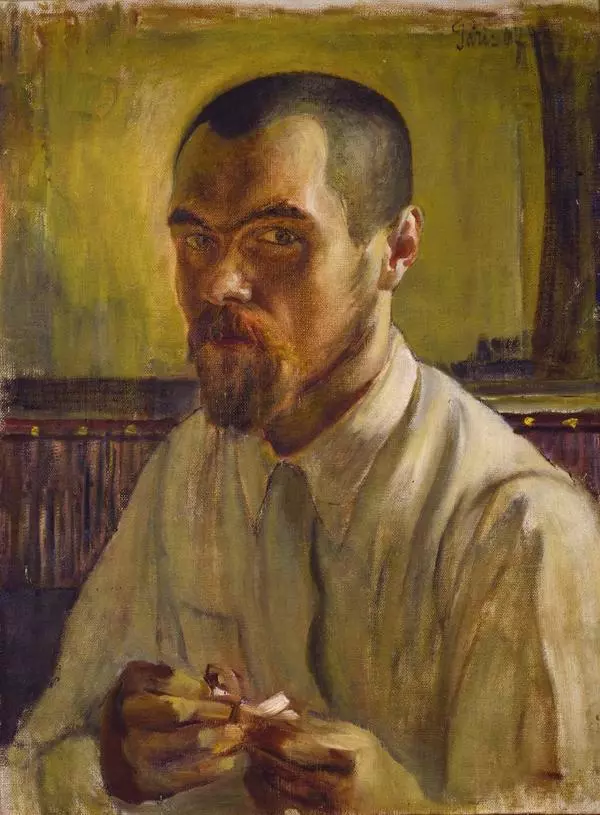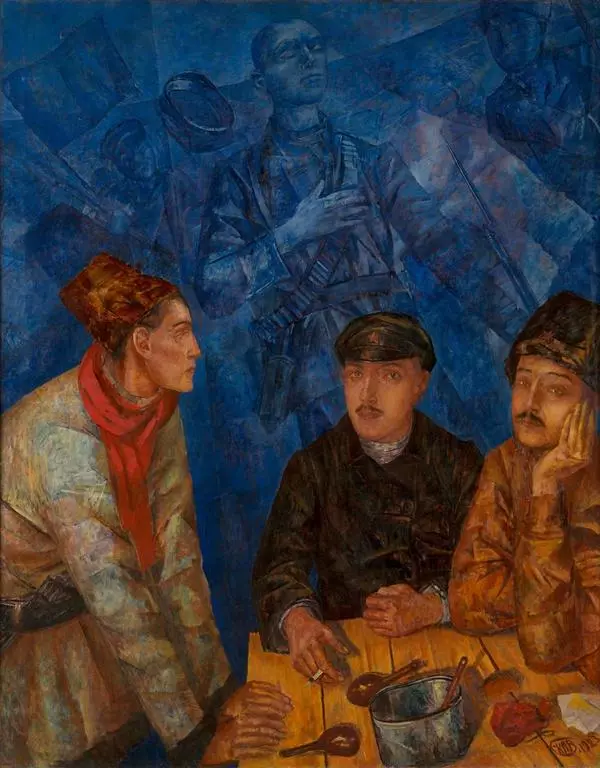The Russian artist Kuzma Petrov-Vodkin was special right from the start. His work combined the majestic monumentality of classic art and the emotions of avant-garde. The gifted artist became a revelation, an icon, and great hopes were placed on him. By the time he gained fame in both Moscow and Saint Petersburg, his unique style had already taken its shape.
Petrov-Vodkin viewed the October Revolution and large-scale changes in the country as a long-awaited renewal. In 1919, the painter joined the council of the literary and artistic society “House of Arts” organized by Maxim Gorky and became one of the founding members of the Free Philosophical Association which based its ideas on the almanac “Scythians”. He developed a program for the painting department of the Academy of Arts, created theatrical works, and joined the expedition of the committee under the People’s Commissariat for Education dealing with museums and monument protection.
In 1924, Vladimir Ilyich Lenin, the first leader of the Soviet Union, passed away. Kuzma Petrov-Vodkin never aspired to become one of Lenin’s chroniclers. But he was one of the few artists to be invited to the Hall of Columns of the House of Unions in 1924 for Lenin’s farewell ceremony and to make sketches of the deceased. He then made a drawing reproduced in the magazine Krasnaya Niva (1924, Issue No. 6), followed by the painting “V.I. Lenin in a Coffin” and the autolithograph “Vladimir Ilyich Lenin (Ulyanov) in the Hall of Columns of the House of Unions in Moscow on January 24–27, 1924.” The work is strictly documentary in its very design, which is atypical given the artist’s style: the main part of the canvas is largely occupied by Lenin’s head, depicted at a somewhat unusual angle, as if slightly from the side and from below.


